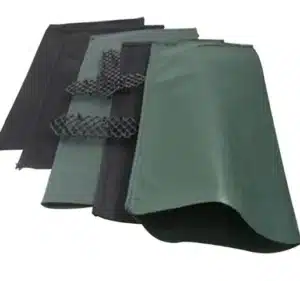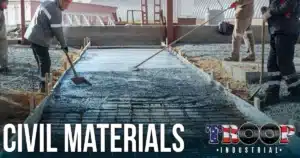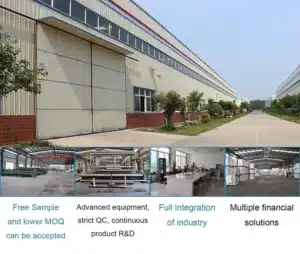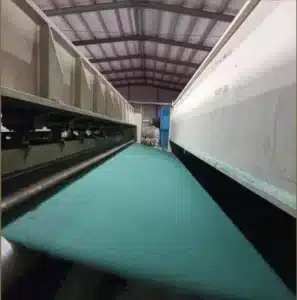Soft ground slows jobs and eats budgets. Specs feel confusing. You want a clear answer and a clean section that passes inspection.
Filament geotextile is a continuous-filament, needle-punched nonwoven fabric used for separation, filtration, drainage aid, and cushioning. It handles water flow and protects layers while resisting puncture and damage. It fits roads, rail, landfills, rivers, and yards.
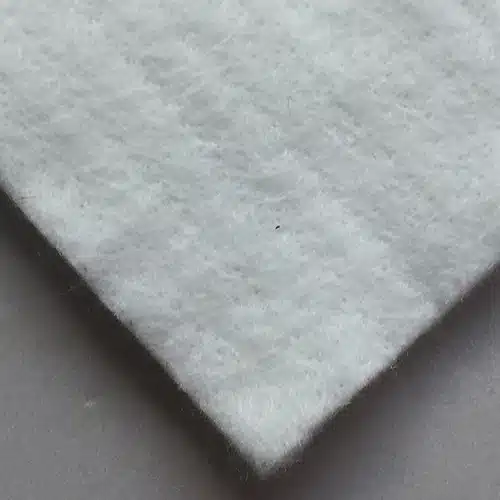
Let’s keep this simple and practical. I will explain what it is, where it helps, how to use it, how it differs from short-filament geotextile, and how to select grades without guesswork.
What is filament geotextile?
Mud, fines, and repeated traffic mix layers and clog drains. That creates rework. A single fabric layer can stop this early.
Filament geotextile is a nonwoven made from continuous polymer filaments, usually PP or PET, bonded by needle-punching. It offers stable filtration, strong separation, and good cushion.
Dive deeper
Continuous filaments form a strong three-dimensional web. Needle-punching entangles fibers and builds thickness. This structure creates many flow paths for water, while the pore sizes hold back fines. The result is steady permittivity and reliable soil retention when gradation varies. Materials are polypropylene (PP) or polyester (PET). PP resists most soils and salts and has low density for easy handling. PET brings higher modulus and better creep resistance in hot climates, and it resists creep under constant load for long periods. Key properties guide selection. Mass per unit area (g/m²) links to thickness and cushion. Apparent Opening Size (AOS) reflects soil retention. Permittivity shows through-thickness flow rate. Cross-plane transmissivity is small, so the layer is not a lateral drain. Strength comes from tensile, elongation, and CBR puncture. Survivability includes tear and seam strength. UV resistance matters during staging but we always cover quickly. Typical rolls range from 3.9–6.0 m wide to speed coverage with fewer overlaps. The fabric arrives wrapped; store it flat, dry, and out of sun. In use, the layer sits between subgrade and aggregate, under riprap, under geomembrane as a liner cushion, or around drains as a filter wrap. Because filaments are continuous, the fabric handles higher loads at the same mass than many short-fiber versions. That helps during construction when rock can be sharp and handling is rough.
What is filament geotextile used for?
You want fewer callbacks. You want layers that stay clean and drains that keep flowing.
Filament geotextile is used for separation, filtration, protection cushion, and as a drainage aid. It supports roads, rail, yards, landfills, reservoirs, channels, and coastal works.
Separation keeps soft subgrade fines from pumping into the base. With the fabric in place, aggregate remains open and stiff, so compaction holds and rutting drops. Filtration pairs with separation. Water passes through the fabric, while soil stays put. That prevents clogging in French drains, edge drains, and wrapped perforated pipes. The protection cushion plays a major role. Under a geomembrane, a heavy filament geotextile spreads point loads from stones and trash. It reduces liner damage risk during placement and cover. You can also place it above a liner, below riprap or ballast, to absorb impact energy and reduce puncture. Drainage aid is indirect. Water goes through the thickness into a gravel layer or geocomposite drain. The geotextile itself is not a high-flow lateral drain, but it protects the drain core and controls fines. Typical sectors are wide. Roads and rail use it as a base and ballast. Ports and yards use it under slabs and paver systems. Landfills and lagoons use heavy grades above and below geomembranes. Rivers and coasts use it under riprap and gabions for filter stability. Sports fields and landscapes use it in paths and retaining walls. In all cases, the goal is simple: hold soils apart, let water pass, and shield valuable layers. When you match AOS to the soil curve and choose enough mass for survivability, the layer works quietly for many years.
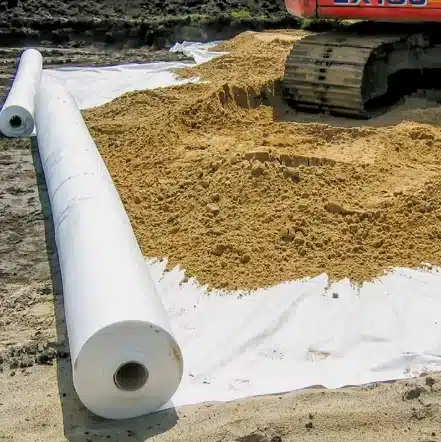
How to use filament geotextile?
Jobs run faster when crews follow a simple routine. Small steps protect performance.
Place on a smooth, firm subgrade, overlap joints 300–500 mm unless sewn, ballast against wind, and cover soon with the planned layer. Keep the first lift thin and compact.
Start with subgrade prep. Remove sharp objects, stumps, and large debris. Smooth high spots and fill low pockets so the fabric lies flat. Do not install over mud waves; proof-roll to find weak zones. Roll out the geotextile in the direction of placement. Align edges and keep tension light to avoid wrinkles. Overlaps should be 300–500 mm for most bases; increase to 750 mm on very weak soils, or sew with a simple seam if specified. Use sandbags or pins only as needed, since pins can tear fabric on soft ground. Avoid traffic directly on the exposed fabric. Cover it as soon as practical. For road bases, spread an initial lift of 100–150 mm of angular aggregate. Place gently and straight to avoid fabric movement. Compact the first lift before adding more. This seats stone into the subgrade through the fabric and creates a stable platform. For liner cushion, place the fabric clean and dry, then lay the geomembrane. Avoid dragging the liner over exposed rock. After liner placement, add the upper cushion layer if required, then cover. For drains, wrap the fabric around washed aggregate or use prefabricated sleeves, and secure overlaps to prevent soil bypass. Document roll numbers, overlap directions, and photos of first lifts. Small habits prevent big failures: no wrinkles, no thin overlaps, no long UV exposure, and no silt contamination before cover.
What is the difference between filament geotextile and short-filament geotextile?
Many buyers see two nonwovens and assume they are the same. They are not. The fiber form changes strength and long-term behavior.
Filament geotextile uses continuous filaments. Short-filament geotextile uses staple fibers. Filament types bring higher tensile and puncture per mass and better survivability; staple types offer broad availability and good filtration.
In filament versions, each fiber runs long, so needling ties long strands into a dense mat. This gives higher tensile strength and tear resistance for the same mass. It also improves CBR puncture, which matters under rock and during cover placement. In staple versions, many short fibers orient randomly. That can give very uniform filtration and good permittivity, but tensile and puncture are usually lower at equal mass.
Which is better depends on the job. For liner cushion in landfills, heavy filament geotextiles are common because they absorb point loads and resist puncture. For general separation and filtration in roads with moderate loads, staple nonwovens can perform very well, especially when soil retention is the key. Cost and availability also matter. Staple products are widely in many weights and widths. Filament products can reduce weight for the same strength, which helps logistics. Testing clarifies choices. Compare mass, thickness, AOS, permittivity, CBR puncture, and grab tensile.
Then review survivability class from the spec. If you face sharp aggregate, high drop heights, or heavy equipment, lean to filament. If your filter match is tight and loads are light to medium, staple can be enough. Both require good installation: flat placement, correct overlaps, and prompt cover.

How to select grades and specs?
Dense tables can slow decisions. A short path helps you move from soil data to a clear line item.
Pick by soil, function, and survivability. Match AOS to soil curve, set permittivity, then size mass and CBR puncture for installation and cover.
Start with the soil. If you have a sieve curve, choose an AOS that retains a stable filter while allowing flow. A common rule of thumb is to select AOS so that most base soil stays put while water passes if the soil is gap-graded or contains high fines, lean toward a smaller AOS. Next, set the permittivity high enough to pass the design flow with safety. Remember, the geotextile provides vertical flow into a drain; for lateral flow, pair it with a drainage layer or geocomposite. Now consider survivability. If the cover stone is sharp, if the drop heights are high, or if the equipment is heavy, increase mass and CBR puncture. For a liner cushion, run a puncture assessment or use past projects as guidance to choose a heavier grade. For separation under bases, many buyers land on a medium mass that balances filtration and handling. Finally, confirm roll width to reduce waste and overlaps. Capture three to four properties in the purchase line: mass (g/m²), AOS (mm), permittivity (s⁻¹), and CBR puncture (N). Add seam strength when sewing. Keep the spec short and testable. This reduces RFIs and speeds approval, especially in public tenders.
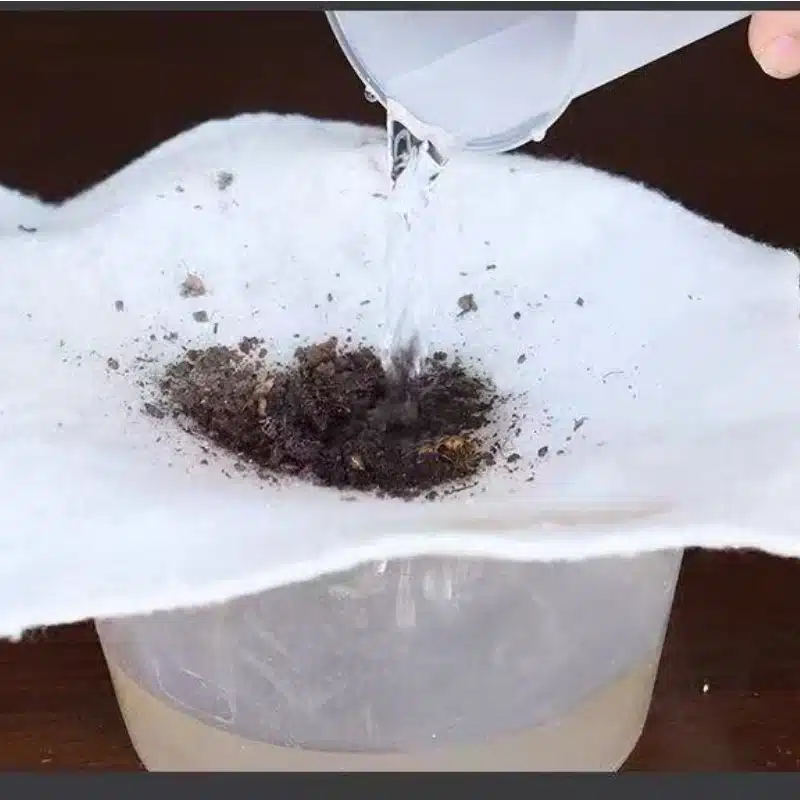
Testing standards and quality control
Nobody likes surprises at delivery. Clear tests and simple checks keep quality steady across lots.
Use standard index tests for filtration, strength, and survivability. Verify roll labels, certificates, and random samples on site.
Common tests include AOS for opening size, permittivity for through-thickness flow, thickness at a stated pressure, mass per unit area, grab tensile and elongation, trapezoid tear, and CBR puncture. For seam quality, wide-width seam strength or sewn seam tests confirm performance. For chemical and thermal exposure, reduction factors guide long-term design. Before shipping, each roll should carry the product code, lot number, mass, width, and length. A mill certificate lists test averages and tolerances. On-site, a quick check of roll condition, packaging, and labels prevents mix-ups. Store rolls flat, dry, and out of sunlight to protect properties. During installation, document overlap directions, locations of sewn seams, and any field repairs. If a piece tears, cut out the damaged area and patch with a plate that overlaps at least 300 mm on all sides. Keep fabric clean; mud and cement paste can reduce filtration. With this light QA routine, buyers get predictable results and easy closeout.
Cost, logistics, and sustainability
Price per square meter tells only part of the story. Handling, waste, and life span also shape the total cost.
Filament geotextile ships light, installs fast, cuts waste with wide rolls, and extends service life by keeping layers clean and drains open.
Dive deeper
Transport is efficient because polymer density is low and rolls pack well. On-site, two people can place thousands of square meters per shift with basic tools. Wider rolls reduce overlaps and labor. Waste drops when roll plans match platform widths. Savings continue after handover. Separation reduces aggregate consumption and future patching. Healthy filtration keeps drains open, which avoids costly rebuilds. Underliners, proper cushion, avoid punctures that would trigger excavation and repair. Sustainability is linked to durability and reduced material usage. Keeping the base clean allows thinner sections or longer life, both of which cut embodied carbon from aggregates and haulage. Many buyers also ask about recycled content. Some products use recycled polymer; others focus on long life with virgin resin. Both paths can be valid, but approvals should always lean on performance data. At the end of life, removal is simple, and the polymer can be handled with standard waste streams. When you weigh the full picture, a modest cost in fabric often returns several times in reduced stone, fewer truck trips, fewer call-backs, and faster schedules.
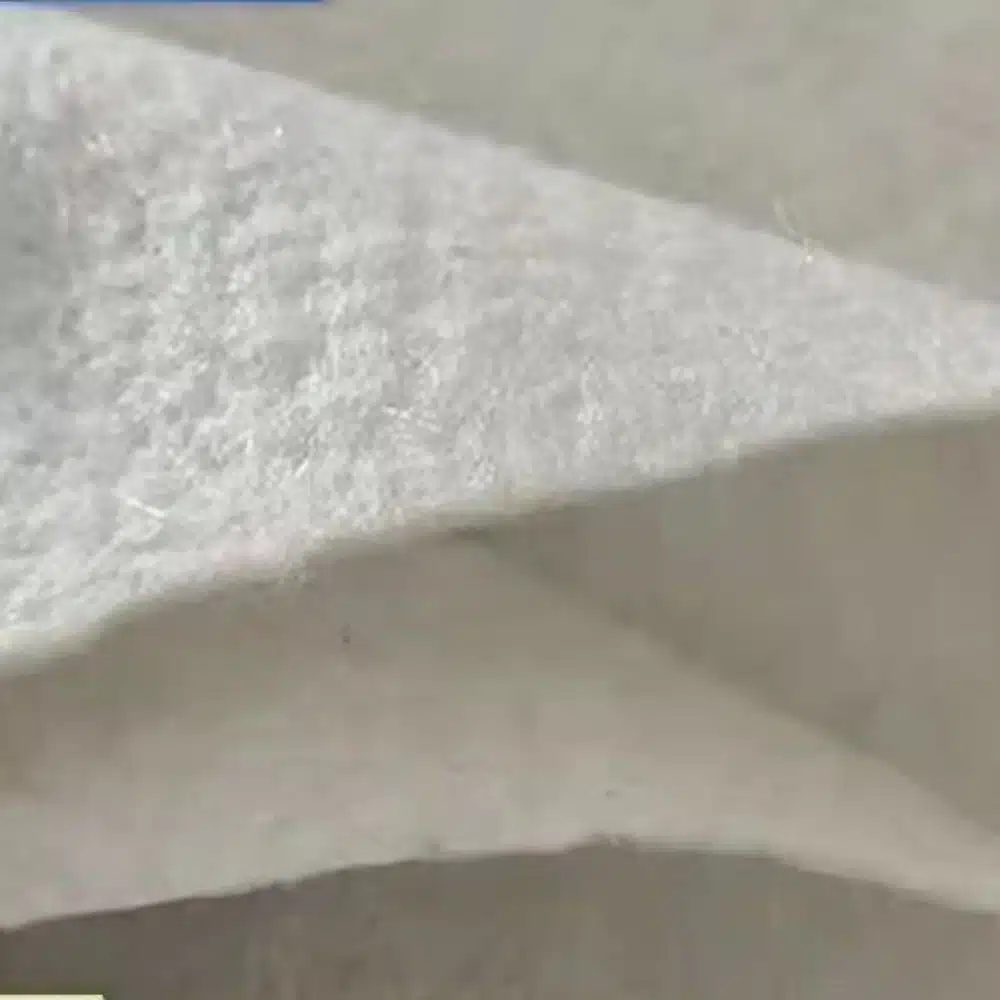
My opinion
I usually suggest that customers choose the fabric for the job, not by habit. Match AOS and permittivity to soil and flow. Size, mass and CBR to installation and cover. If the subgrade is weak or wet, pair the geotextile with a geogrid above. Keep specs short, tests clear, and the install clean and quick.
FAQ
What is filament geotextile in one line?
A continuous-filament, needle-punched nonwoven used for separation, filtration, drainage aid, and cushion.
Is filament better than short-filament?
It depends on the job. Filament often brings higher tensile and puncture per mass. Staple types can offer excellent filtration at good value.
Can the fabric replace a drain?
No. It passes water through thickness but does not provide high lateral flow. Use it with gravel or a geocomposite drain.
How big should overlaps be?
Commonly 300–500 mm on firm ground. Increase on very weak subgrade or sew seams if the spec calls for it.
Which polymer should I choose?
PP fits most soils and salts. PET helps in hot climates and where long-term creep is a concern.
How do I prevent clogging?
Match AOS to soil gradation, avoid mud contamination before cover, and place clean, well-graded aggregates against the fabric.
Conclusion
Keep it simple. Use filament geotextile to separate soils, pass water, and protect valuable layers. Pick properties from soil and duty, install with clean habits, and the section will stay stable and low-maintenance for years.

